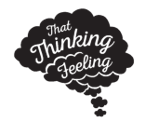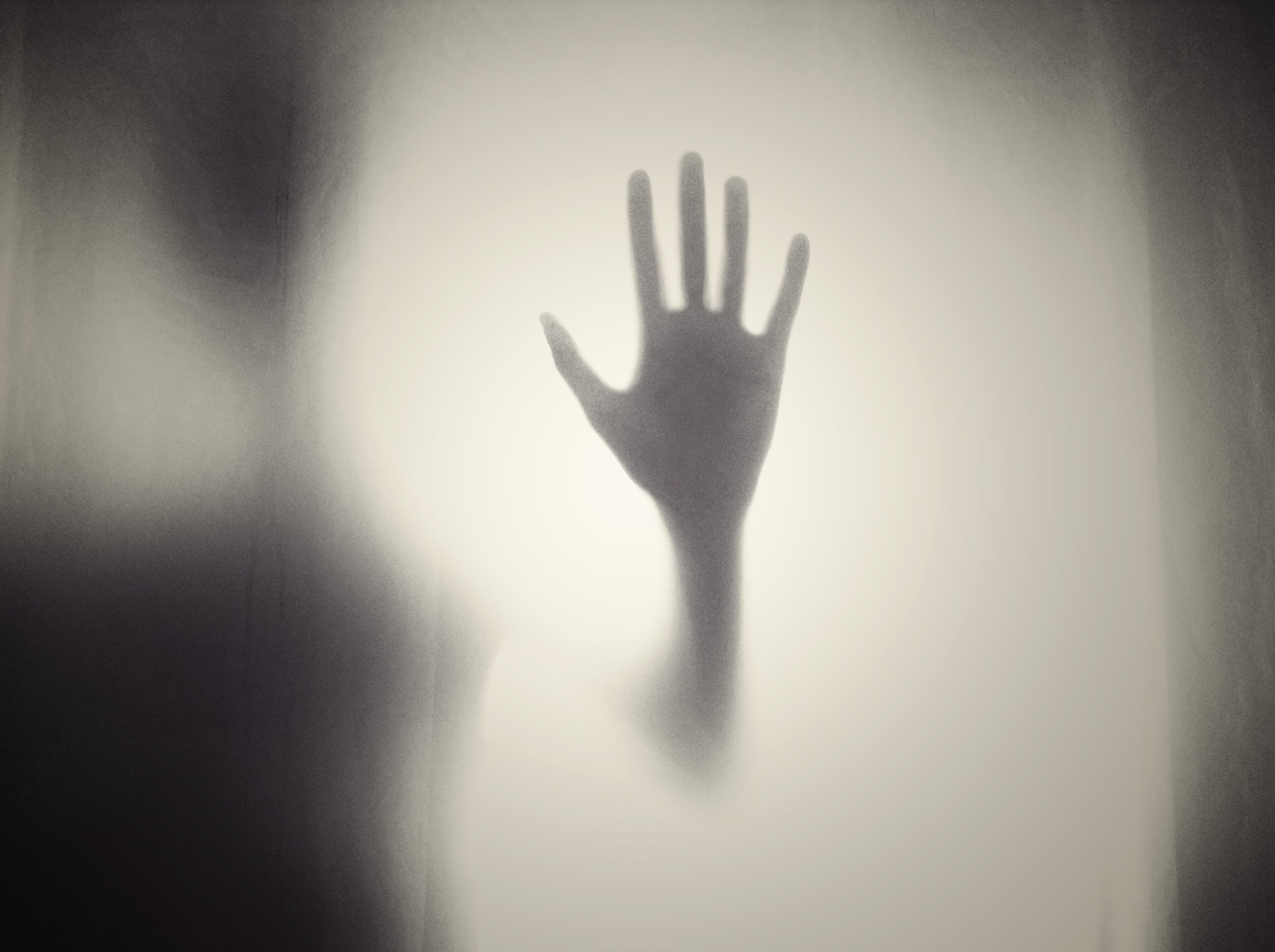Why do we get déjà vu?
Today’s guest blog is written by Courtney Aitken, a PhD student at the University of St Andrews who’s researching the psychology and neuroscience behind déjà vu.
Sometimes you might get a feeling that you’ve experienced the current situation before but somehow also know that you haven’t. You might be visiting an exciting new place or it could be in the middle of something really mundane when this fleeting and strange feeling springs upon you. This eerie sensation is known as déjà vu. Alan Brown (2004) defined déjà vu as “the clash between two simultaneous and opposing mental evaluations: an objective assessment of unfamiliarity juxtaposed with a subjective evaluation of familiarity.” All this really means is that we have two thoughts that don’t seem to match up; we know that this situation is completely new but somehow also have this feeling that it’s familiar.
Déjà vu experiences have historically been thought of as occult phenomena that have only relatively recently become of interest to scientists. In fact, the earliest known written description of a déjà vu experience was by St. Augustine in 400AD! He dismissed déjà vu, or as he called them, untrue recollections, as the result of beguiling spirits corrupting people’s souls.
“Hello, my name’s Bernard and I’ll be beguiling you today.”
Who is likely to experience déjà vu?
We have known that some people are more associated with experiencing déjà vu since the neurologist John Hughlings-Jackson (1888) described the strange sensations of familiarity and recognition people with epilepsy might have immediately before a seizure. He called this the “dreamy state”. In many cases, these feelings in the “dreamy state” manifested as déjà vu.
Investigations into other psychological experiences such as daydreaming have also told us about who is more likely to experience déjà vu. For example, Chapman & Mensh (1951) documented two of the most important relationships regarding the frequency of experiencing déjà vu.
People who travel more often, experience déjà vu more frequently.
Young people experience déjà vu more. From the onset of déjà vu (between the ages of 8 to 11 years old), the frequency of déjà vu increases until young adulthood (aged 18-25), after which the incidence decreases with age.
In a beautiful illustrative example of this, Clare’s sole experience of déjà vu happened at the age of 22, while she was in Sydney (yes, she was on a gap yah).
How do we study déjà vu?
The discovery of this relatively consistent experience of déjà vu before a seizure meant that scientists were in a much better position to study it. For example, 70 years after John Hughlings-Jackson’s work, the famous Canadian neurosurgeon Wilder Penfield asked conscious epilepsy patients to help him determine what parts of the brain were responsible for different bodily sensations and cognitive functions. This procedure involved removing a part of the person’s skull and stimulating parts of their brain with an electrode while they were conscious so that they could narrate the effects this had on their waking experience. This sounds pretty horrifying, but your brain has no pain receptors so it’s more weird than painful – and it was important for patients to be awake and talking about their experiences during the brain surgery so Penfield could know what cognitive functions or feelings he was triggering.
He reported that when a part of the brain called the medial temporal lobe was stimulated, participants experienced the “dreamy state” and déjà vu. Since then, several researchers (e.g. Bancaud, Brunet-Bourgin, Chauvel, & Halgren, 1994; Bartolomei et al., 2012; Vignal, Maillard, McGonigal, & Chauvel, 2007) have been able to produce déjà vu by stimulating more specific areas in the medial temporal lobe. We know these areas in the medial temporal lobe are associated with healthy memory functioning in the brain.
Why is the medial temporal lobe so important? To understand, first you need to know that our ability to recognise previously encountered events consists of two processes, recollection and familiarity, that normally work together seamlessly. Recollection is the conscious remembering of an experience and is associated with activity in the hippocampus (part of the medial temporal lobe). Familiarity, on the other hand, is the much faster memory evaluation where you know that you remember something but nothing of a previous encounter comes to mind – rather like when you recognise someone but can’t remember where you know them from. We think that activity in the entorhinal and perirhinal cortices (also parts of the medial temporal lobe) underpins this process. Since déjà vu in patients with epilepsy was associated with these areas of the brain that deal with memory, early theories posited that déjà vu in people without epilepsy was just spontaneous brain activity that could be likened to a “small seizure” in the medial temporal lobe.
Déjà boo: the feeling you’ve been this surprised before
What about people who don’t have epilepsy?
As I said earlier, it’s not just people with clinical conditions that experience déjà vu – most people in the wider population experience déjà vu, usually three or four times a year.
The peculiar association of déjà vu with travel has resulted in some researchers taking a perceptual approach by looking at how viewing scenes or different layouts of shapes within scenes can affect whether we report déjà vu or not. One idea is that déjà vu is a case of “double perception”. For example, when you view a scene very quickly (so that you only process some of the physical attributes in a very shallow way) at first and then with full awareness a second time, this prompts the feeling that you have had two separate but replicated experiences (Brown & Marsh, 2010). If this is the case, then it could be that when we feel familiarity in déjà vu and interpret it as false, it may just be that we’ve experienced the situation before but not consciously recollected it.
Other researchers have suggested that the similar geometric organisation of scenes could result in feelings of familiarity akin to déjà vu. For example, you could be travelling to a new city and seeing a building in this city sparks a feeling of déjà vu. It’s not as if you’ve seen the building before but there is a similarly shaped building where you live back home, or it’s just like one you saw on another trip.
Paris Las Vegas, presumably the site of a lot of déjà vu experiences for people who’ve been to Paris.
A possible explanation for this is that people who travel more often have more chances to see places that trigger the erroneous familiarity we feel in déjà vu. Cleary and Reyes (2009) and Cleary et al. (2012) used a procedure based on this idea to generate déjà vu where participants were presented with indoor and outdoor scenes to study and then were later presented with scenes that had not been shown before but had a similar configuration. This was done using virtual reality and 3D scenes to create an immersive experience of false familiarity like that experienced in naturally-occurring déjà vu. People reported having déjà vu more often when a similar new scene was presented than when a dissimilar new scene was presented. For many people, the intensity of the familiarity experienced from situational factors (such as the architecture of a building or the layout of a place) is the critical component of their déjà vu.
Is déjà vu really a memory error?
The other crucial component of déjà vu is knowing that the familiarity is misplaced. However, the two opposing evaluations in déjà vu (i.e. the feeling that we have experienced this before and the knowledge that the situation is new) mean that we can think of the experience as a case of conflict between two competing memory judgements.
Urquhart & O’Connor (2014) combined these two evaluations of familiarity and novelty to produce that feeling of conflict. They did this by adapting a well-known psychological test called the DRM false memory paradigm (Roediger & McDermott, 1995). Here, participants are presented with a list words in the study phase that are all thematically related to an unpresented word and asked to monitor the words for certain letters. In the test phase of the study, when the unpresented word is presented, people reported experiencing déjà vu since the word feels familiar to the participant (due to its relation to the studied words) and they are aware that it shouldn’t feel familiar. When participants were scanned using a brain imaging technique called fMRI during Urquhart & O’Connor's (2014) procedure, areas of the brain associated with conflict monitoring and resolution were activated (Urquhart, Sivakumaran, Macfarlane, & O’Connor, 2018). This was rather unexpected since these areas of the brain were not the ones associated with déjà vu in people with epilepsy – which suggests that déjà vu might not just be a glitch in normal memory functioning.
And of course, if you wait long enough, some things actually will happen again when you have mostly forgotten the previous time, like Halley’s Comet, remakes of A Star Is Born, and shoulder pads being in fashion…
Remember that déjà vu is more common in young people than anyone else? If déjà vu was a memory error, then we would expect it to increase in frequency with age, in the same way that memory errors like forgetting are a lot more common in older people than young people. However, déjà vu decreases in frequency with age. Our ability to monitor for and resolve conflicts like the familiar-yet-new feeling of déjà vu is also an ability that declines with age. Young people (between the ages of 18 and 25, the same age range that experiences déjà vu the most) are very good at detecting conflict whereas older people tend to find this more difficult. So, with this in mind, it seems likely that déjà vu could be the result of healthy memory functioning rather than dysfunctional activity in the brain. Disrupted memory signals may give rise to feelings of familiarity. However, the involvement of conflict monitoring networks in the brain when people experience déjà vu suggests that we use our ability to resolve conflict (perhaps by drawing on other memory cues like what we know about our past) to overcome the false familiarity… all of which helps stop us from acting on false memory signals.
So, the next time you have a spooky feeling of déjà vu, you can rest assured that it is not the influence of the paranormal like Augustine believed, but just a quirk of a well-functioning memory system.
Would you like to take part in research on déjà vu? Courtney is looking for people to do an online study about it. You will need to be over 18 years of age to take part. More information and the study itself are here:
https://standrews.eu.qualtrics.com/jfe/form/SV_0CzPQ1SM6R27Kh7





